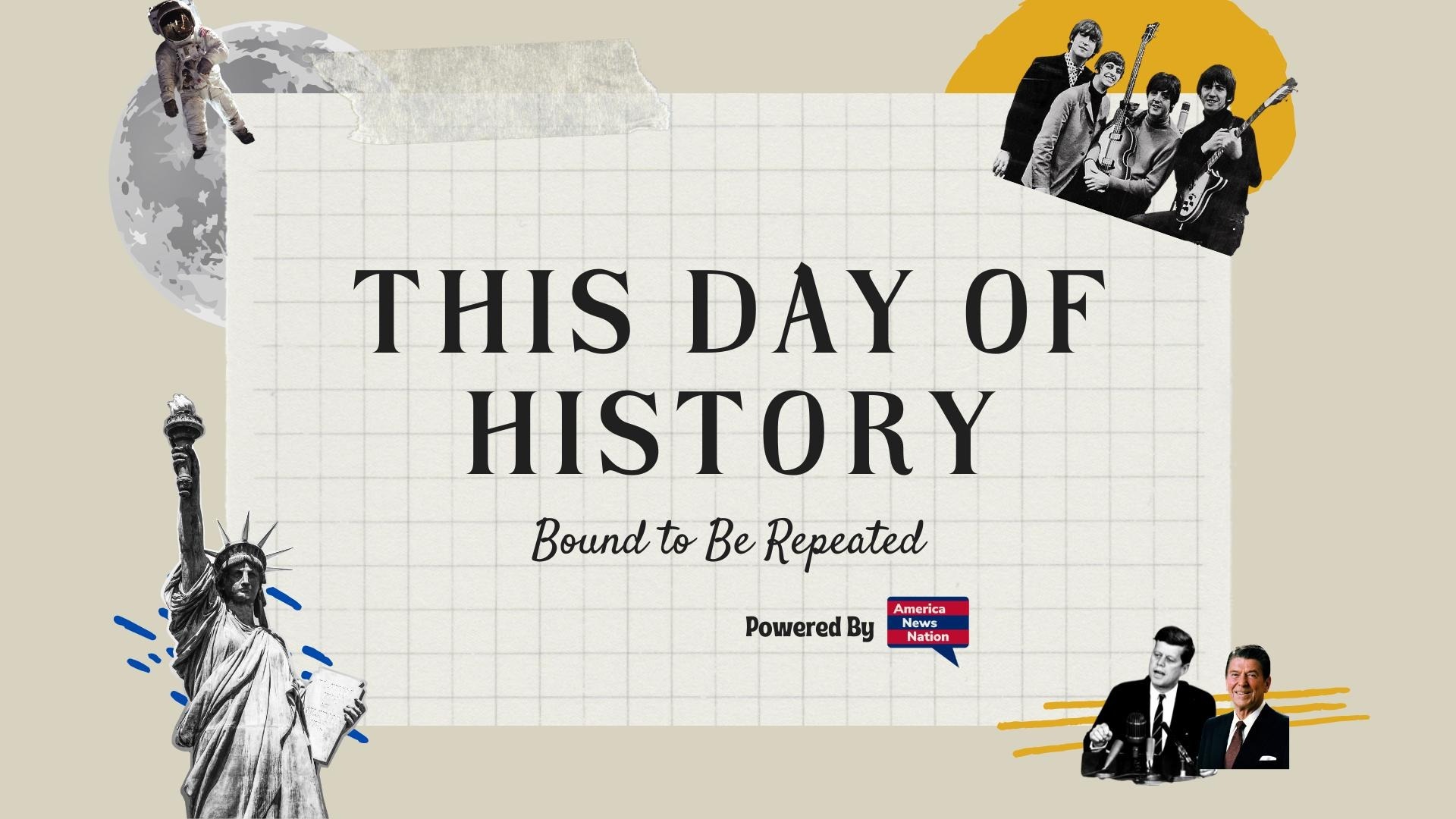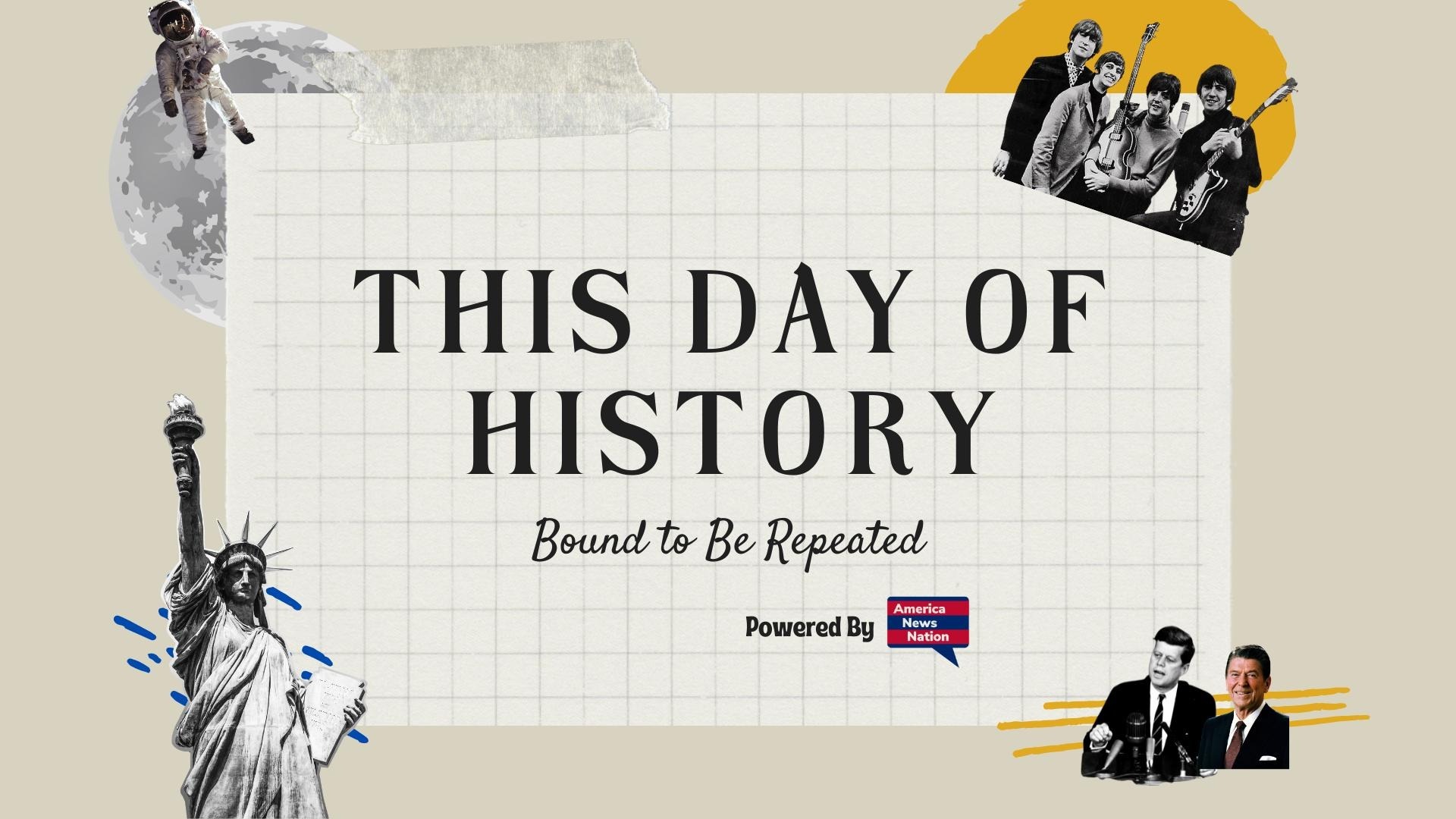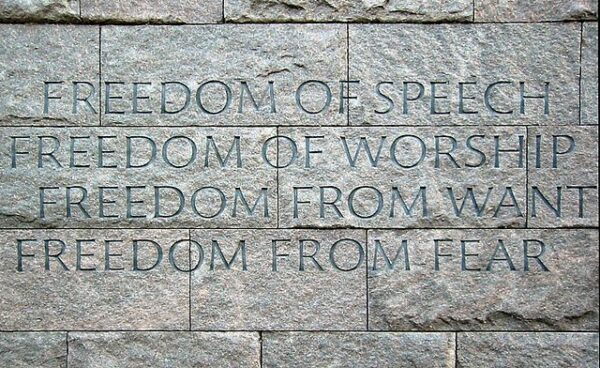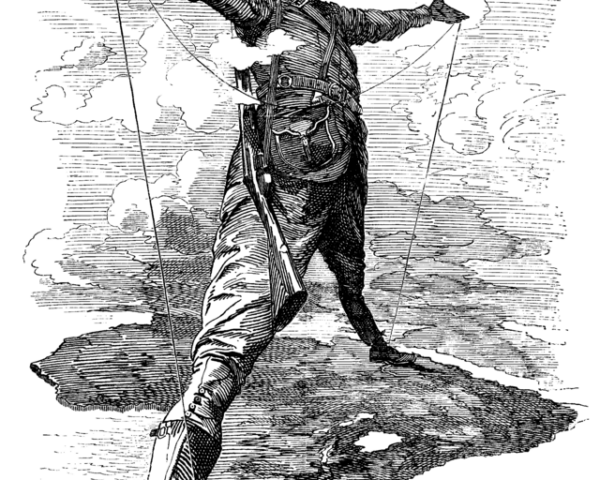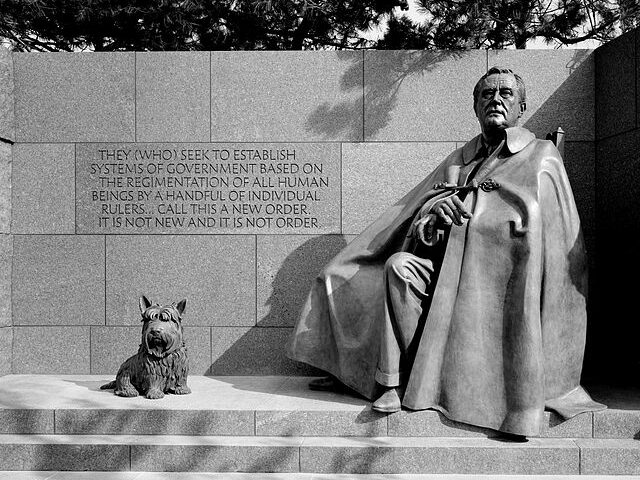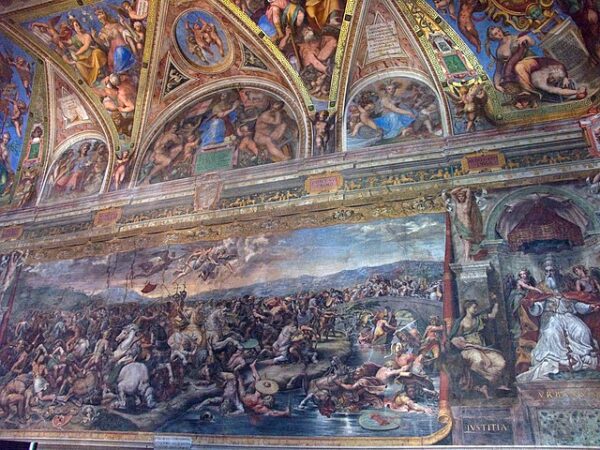On May 5, 1866, the small village of Waterloo, New York, held what is widely recognized as the first formal observance of Memorial Day in the United States. Known at the time as Decoration Day, the event was a community-wide tribute to honor the Union soldiers who had died during the Civil War—a conflict still painfully fresh in the national memory. Though other towns and cities had held similar observances independently during and after the war, Waterloo’s ceremony stood out for its organization, community involvement, and for setting a precedent that would gradually spread across the country.
The idea for the commemorative event reportedly originated with Henry C. Welles, a local druggist, who had suggested the idea of a day dedicated to placing flowers on the graves of Civil War soldiers. Welles’s idea found a champion in General John B. Murray, a local Civil War hero and civic leader. Together, they organized a community-wide event in which all businesses in the village closed, residents flew flags at half-staff, and citizens—young and old—joined in decorating the graves of fallen soldiers in the local cemeteries with flowers, wreaths, and flags. The entire day was dedicated to remembrance, reverence, and civic unity.
Waterloo’s 1866 commemoration was more than a solemn tribute; it marked a moment of national healing. The Civil War had ended just a year prior, in April 1865, with the Union preserved but the nation still deeply divided and grieving. Nearly every town in the North and South had lost sons, fathers, or brothers. In this context, the act of coming together as a community to mourn and honor the dead held profound emotional and symbolic weight. In honoring the fallen, Waterloo’s citizens also asserted a vision of unity, gratitude, and shared sacrifice.
What distinguished Waterloo’s observance from others was its formal structure and its lasting legacy. Unlike spontaneous or informal tributes that had occurred in Southern towns or on scattered battlefields, Waterloo’s Decoration Day was an intentionally organized civic ceremony. This deliberate approach helped establish the town’s claim to the “birthplace” of Memorial Day—a designation later recognized by the federal government in 1966, when President Lyndon B. Johnson issued a proclamation formally acknowledging Waterloo’s role.
The idea of Decoration Day quickly gained momentum. In 1868, just two years after Waterloo’s event, General John A. Logan, leader of the Grand Army of the Republic (a Union veterans’ organization), issued a nationwide call for May 30 to be designated as a day of remembrance. The date was chosen in part because it did not commemorate any specific battle, allowing Americans across the nation to participate equally in mourning the dead. The observance gradually became known as Memorial Day, and although originally focused on Union soldiers, it evolved over time to honor all American military personnel who died in service.
By the early 20th century, Memorial Day had become an official state holiday in most states, and following World War I, it expanded to include the fallen from all American wars. In 1971, Congress declared Memorial Day a national holiday to be observed on the last Monday in May, ensuring a three-day weekend for federal workers but retaining its original spirit of solemn remembrance.
